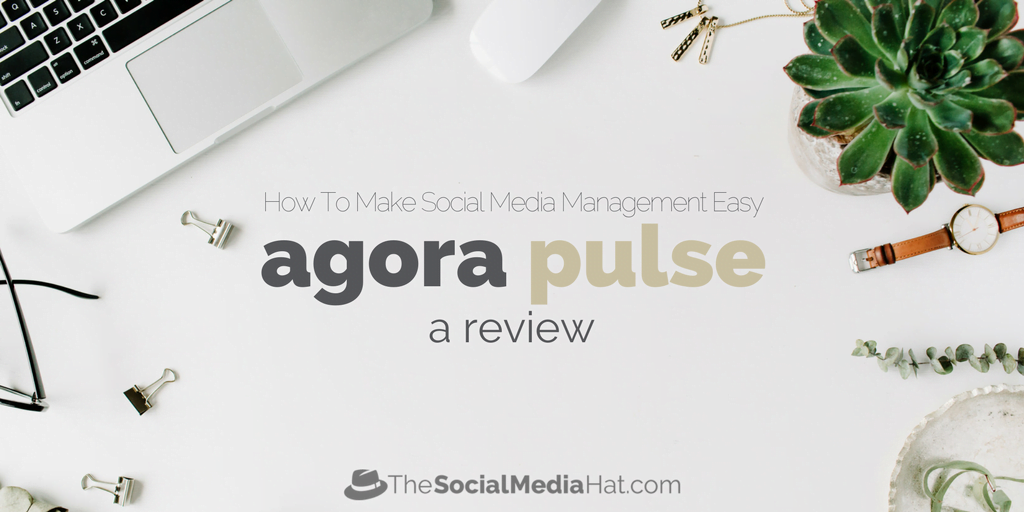With so many apps in the app stores, it’s hard to get your mobile app noticed and you’ll quickly realise that great app development is only the beginning of your app life-cycle. This alone can be a problem and when it comes to marketing your mobile app, how do you know what types of digital marketing to include in your app marketing strategy? If you’re new to app marketing, it can be difficult knowing where to start!
In order to meet your downloads goal, it takes a serious amount of marketing effort to find, retain and grow your user base. But, whether you turn to a dedicated mobile marketing agency, or, take time to create your own marketing plan, social media will help through all stages of your app life-cycle. After all, social media and mobile go hand in hand. You just need to stop and consider that the majority of people using social media, do so on their mobile, using apps, and you realise social media channels are the perfect place for app marketers. Using social media will increase brand awareness, help you identify your key app audience, generate downloads and build engagement with app users – making them loyal fans.
So, let’s take a deep dive into how to promote your app using social media as part of your marketing mix during these 3 key stages of the app life-cycle:
- Pre-launch
- Launch
- Post-launch
1: Pre-launch social media marketing plan
What social media channels?
The channels that you use will largely depend on your audience and it’s important to be aware that not every social media channel will be ideal for attracting downloads. For apps, Twitter and Facebook will be the bulk of your social media with some Instagram activity and perhaps even LinkedIn if your app is B2B. If you’re already using social media to promote your business, now’s the time to assess what’s working best in terms of engagement and ensure your profiles are up to date ahead of your app launch. Using social media channels pre launch will give you a feel for the level of channel engagement so you can tweak and optimise your campaigns before launch.
You should use social media as a publicity channel to easily reach your target audience and create some pre-launch buzz and awareness. Don’t be frightened to share updates about your app development and even better, why not use video content and share screenshots to engage your followers. You can use a call-to-action to invite people to sign up and be notified when the app launches. This is a great way to get your initial users, not to mention build a future email marketing list!
At this stage too, you should use social media to find influencers to help you build up the pre-launch hype to their social media followers. This is an effective way to build a community who are ready to install your app as soon as it’s released. You could run a marketing campaign in the style of a give-away e.g. promote a prize for the first 200 people who download your app and use your app hashtag.
Paid advertising
When Growmobile surveyed mobile marketers at Apps World London, 50% of respondents said they plan to spend over 25% of their digital media budget on social advertising on mobile. That’s not surprising given that social media advertising works in a similar fashion to AdWords and with targeted campaigns you can easily run an app install campaign via Twitter, Facebook or other channels. It’s definitely worth adding this into your mix!
Listen! Check what your competitors are doing
Your potential app users are already likely active on various social media and so are your competitors! There’s nothing wrong with using listening tools to look at competitors content types and seeing the level of engagement they receive. If you do this well, you will produce a social media strategy to help cut through the noise of any competitor apps!
Start your content plan
By far, the best way to ensure a good level of social media engagement is to create a content plan and schedule. It goes without saying, that you’ll probably want a blog for your app to give you a channel to create content and help with search engine optimisation (SEO). Of course, the great thing about having a content plan is that you can pre-schedule many of your social media updates using tools such as Hootsuite.
2: Launch your mobile app using social media
Engagement takes effort!
It’s so important to have a clear value proposition in your messaging. You really need to avoid the type of social media activity that is carried out just for the sake of activity. We’ve all seen it, the irrelevant social media posts which serve little purpose other than to say good evening! Always consider the user – when they’re reading your social media, remember it’s already interrupted their flow – so make sure it’s with something relevant and not something that’s been repeated often.
Don’t forget to engage with app users
Some marketers can get overly reliant on scheduling and automating tools. When you’re busy it can be tempting to plan as much as possible in advance and automate app download campaigns on social media. Remember that you still need to be spontaneous with your engagement and responses to app support issues. Most importantly, make sure you always respond to user recommendations and reviews. Nowadays, users are more likely to give you feedback via social media so make sure you are responsive. Facebook now even monitors how responsive you are, so it pays to respond early! And something worth asking yourself…does your app pull in feeds from your social media? Check out the Scotmid app, it’s a perfect example of one which pulls in feeds to bring the app and social together into a comprehensive strategy.
Social Sharing – get app users to do your marketing on your behalf!
You need to create some brand advocates and one easy way of doing this is to encourage your users to share your app by offering an incentive e.g. some free in-app content if they share something on their social media. You’ll get existing users more engaged with the app and you will encourage more acquisition – all at the same time of adding to your social voice and of course your downloads!
3: Post-launch tips for app marketingAlways be optimising!
As with all areas of digital marketing, you never stop, even after a launch. An App Store Optimisation (ASO) plan will ensure you invest the necessary time into making sure your app continues to grow.
Analysis and Analytics
If you’ve been using a social media tool such as Hootsuite you’ll be able to analyse the effectiveness of your content to date in terms of engagement. Use your App analytics to your advantage when it comes to evaluating the effectiveness of your social media campaigns. In addition, if you’ve a landing page on your website where people download your apps you’ll be able to analyse yourTraffic acquisition reports to see the source of your down-loaders.
Most importantly, you should always be testing and if you operate in an agile way, you can quickly use test results to guide your next campaign. Remember that the most effective social media marketing programs are integrated into multi-channel strategies so don’t only rely on one marketing technique. There’s a close connection between social, PR, search optimisation and many areas of digital marketing. So, when you get your social media marketing plan created, don’t forget there’s a whole world of digital marketing techniques beyond social media.
Do you have an app that you already promote using social media? What have been your experiences with the different channels? I’d love to hear your thoughts.
[Source:- Fin extra]





